Sports
enthusiasts
love
to
celebrate
the
spirit
of
competition
and
camaraderie.
Hard
tackles,
intense
scrums,
and
adrenaline-pumping
collisions
often
get
labeled
as
part
of
the
game.
Guess
that
slogan
“no
pain,
no
gain”
still
has
its
fans.
The
trouble
is,
brain
injuries
don’t
follow
that
catchy
motto.
A
bump
on
the
head
may
look
minor
in
front
of
a
cheering
crowd.
Unfortunately,
a
hidden
storm
may
be
brewing
behind
the
scenes.
Today,
I
will
give
you
a
perspective
on
the
potential
dangers
related
to
concussions
in
athletic
endeavors.
The
Real
Threat
of
Concussions
Some
observers
assume
that
a
minor
head
injury
is
just
an
obligatory
side
effect
of
sports.
A
dazed
sensation
or
a
ringing
in
the
ears
is
commonly
brushed
aside.
There’s
a
twisted
irony
in
calling
an
injury
“mild”
when
it
involves
the
command
center
of
the
human
body.
A
high-speed
clash
on
the
field
can
cause
the
brain
to
move
rapidly
inside
the
skull.
That
abrupt
force
can
spark
unexpected
chemical
changes
in
the
brain
and
even
damage
cells.
Call
it
a
“gentle
knock”
if
you
will,
but
the
consequences
can
be
anything
but
gentle.
Basic
Explanation
of
the
Injury
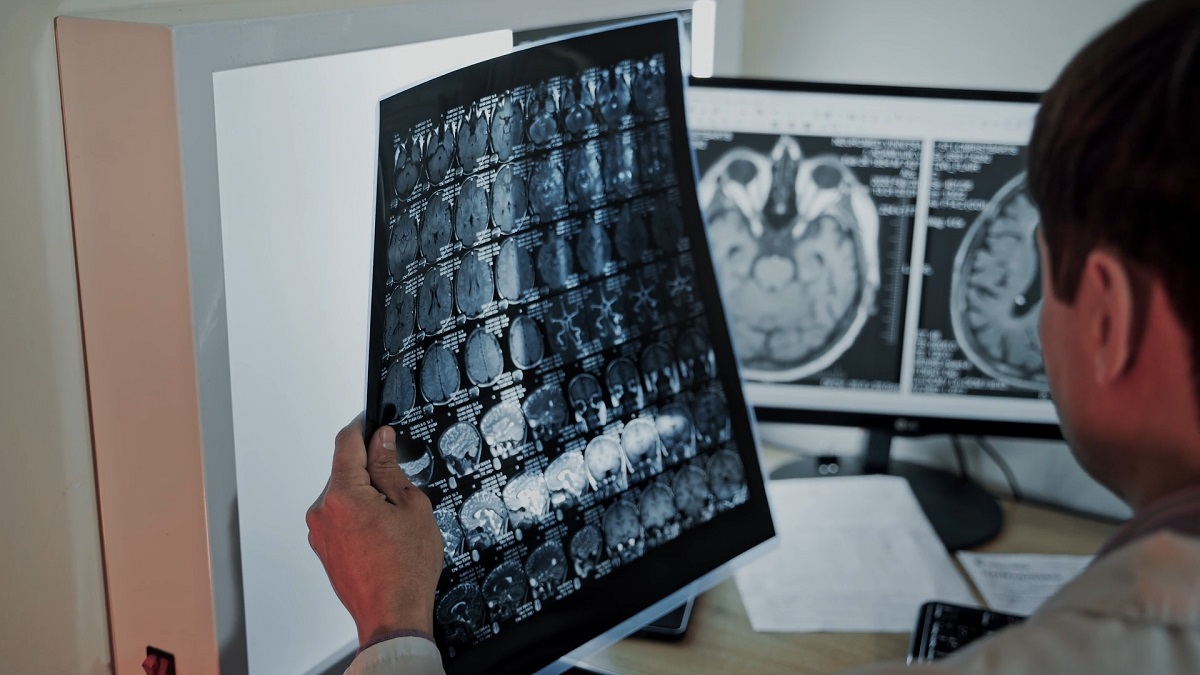
A
concussion
disrupts
normal
brain
function
in
unexpected
ways|Image
source:
Artlist.io
According
to
the
CDC,
a
concussion
is
sometimes
classified
as
a
mild
traumatic
brain
injury
(TBI).
It
generally
results
from
a
blow
to
the
head
or
an
impact
that
jolts
the
brain.
That
sort
of
force
disrupts
normal
brain
function:
-
Possible
chemical
imbalances
within
the
brain -
Potential
tearing
of
brain
cells -
Temporary
or
longer-lasting
changes
to
mental
processes
Symptoms
aren’t
uniform.
Some
individuals
get
headaches
and
dizziness.
Others
report
memory
loss,
confusion,
or
strong
sensitivity
to
light
and
sound.
Many
can
recover
inside
a
few
weeks
if
provided
the
right
rest
and
care.
The
unlucky
ones,
though,
might
struggle
with
persistent
symptoms
for
months
or
even
years.
Short-Term
Pitfalls
Stepping
back
onto
the
field
moments
after
a
collision
might
seem
heroic.
People
cheer.
Teammates
applaud
the
resilience.
Commentators
praise
the
“warrior
spirit.”
However,
short-term
hazards
can
lead
to
far
more
severe
issues,
as
per
the
CDC.
Common
Symptoms
That
Demand
Prompt
Attention
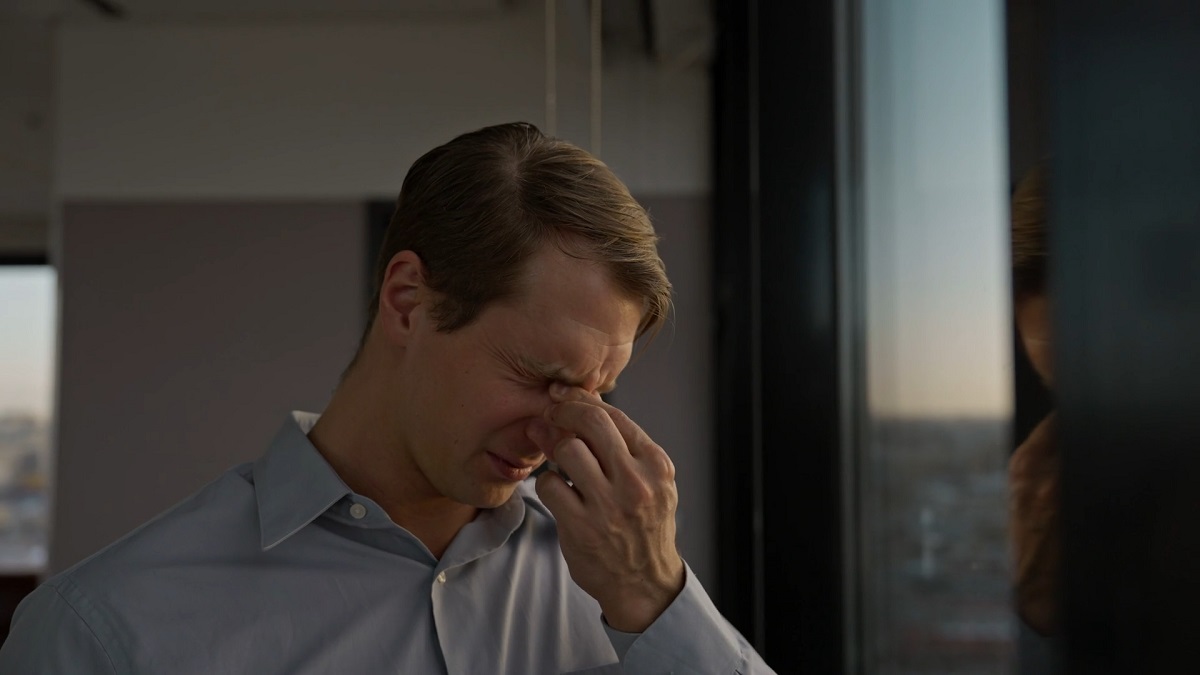
Warning
signs
that
require
immediate
medical
evaluation|Image
source:
Artlist.io
-
Drowsiness
or
feeling
groggy -
Painful
headaches
that
worsen
with
time - Seizures
-
Slurred
speech -
Increasing
mental
confusion -
Difficulty
identifying
friends
or
familiar
places -
Fainting
spells -
Weakness
or
numbness
in
limbs -
Constant
vomiting -
Noticeable
changes
in
mood
or
behavior
Any
sign
on
that
list
warrants
immediate
medical
assessment.
Dismissing
a
potential
brain
injury
to
score
an
extra
goal
or
notch
one
more
tackle
is
a
gamble
with
your
own
health.
A
slow
or
incomplete
recovery
also
lowers
coordination
and
reaction
times,
making
further
accidents
much
more
likely.
Long-Term
Fallout
Some
people
assume
that
multiple
bumps
to
the
head
only
matter
for
older
athletes
or
high-impact
sports
professionals.
A
single
spark
might
not
burn
down
the
house,
but
repeated
sparks
can
ignite
a
blaze
no
one
saw
coming.
CTE
and
Cognitive
Decline
Chronic
traumatic
encephalopathy
(CTE)
has
cropped
up
far
too
often
in
discussions
about
athletes
who’ve
had
repeated
head
trauma.
According
to
BU
Research
Center,
it
involves
progressive
degeneration
of
brain
tissue,
marked
by
issues
with
behavior,
mood,
and
basic
cognition.
Diagnosed
in
many
retired
professionals,
it’s
a
debilitating
condition
that
can
even
lead
to
dementia.
Tragically,
diagnosis
often
happens
after
death.
That
leaves
families
and
fellow
players
mourning
lost
opportunities
for
early
intervention.
Cognitive
difficulties
aren’t
limited
to
forgetfulness.
Former
athletes
have
shared
experiences
of
struggling
to
concentrate
on
a
single
task,
feeling
mentally
cloudy,
or
dealing
with
slower
processing
speeds.
Those
challenges
are
not
minor
inconveniences.
Careers,
relationships,
and
even
daily
tasks
can
become
uphill
battles.
Emotional
and
Behavioral
Struggles
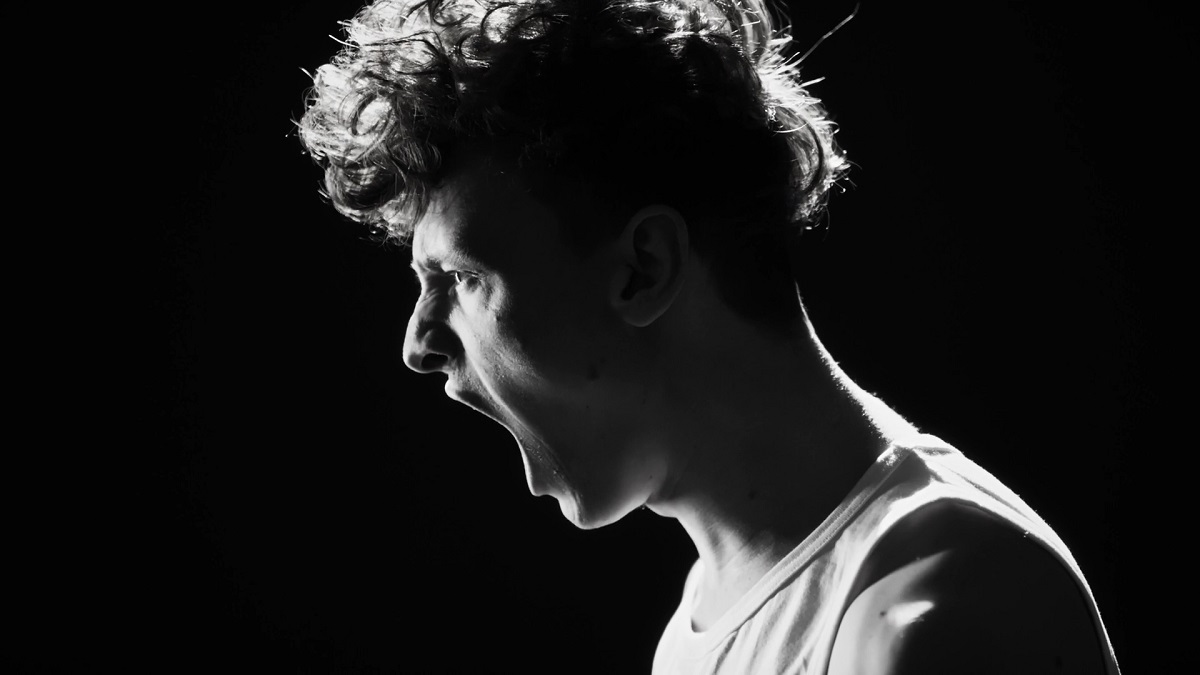
Concussions
can
lead
to
mood
swings,
anxiety,
and
depression|Image
source:
Artlist.io
Anger
outbursts,
irritation
over
trivial
matters,
sudden
depression,
and
crippling
anxiety
have
all
been
linked
to
repeated
head
impacts.
Productivity
at
work
or
in
social
environments
declines,
and
daily
routines
become
nearly
impossible
to
maintain.
One
incident
might
lead
to
manageable
short-term
symptoms,
but
multiple
events
can
accumulate.
That
buildup
can
result
in
dramatic
mood
swings
and
emotional
storms
that
disrupt
family
life
and
personal
well-being.
Notable
Examples
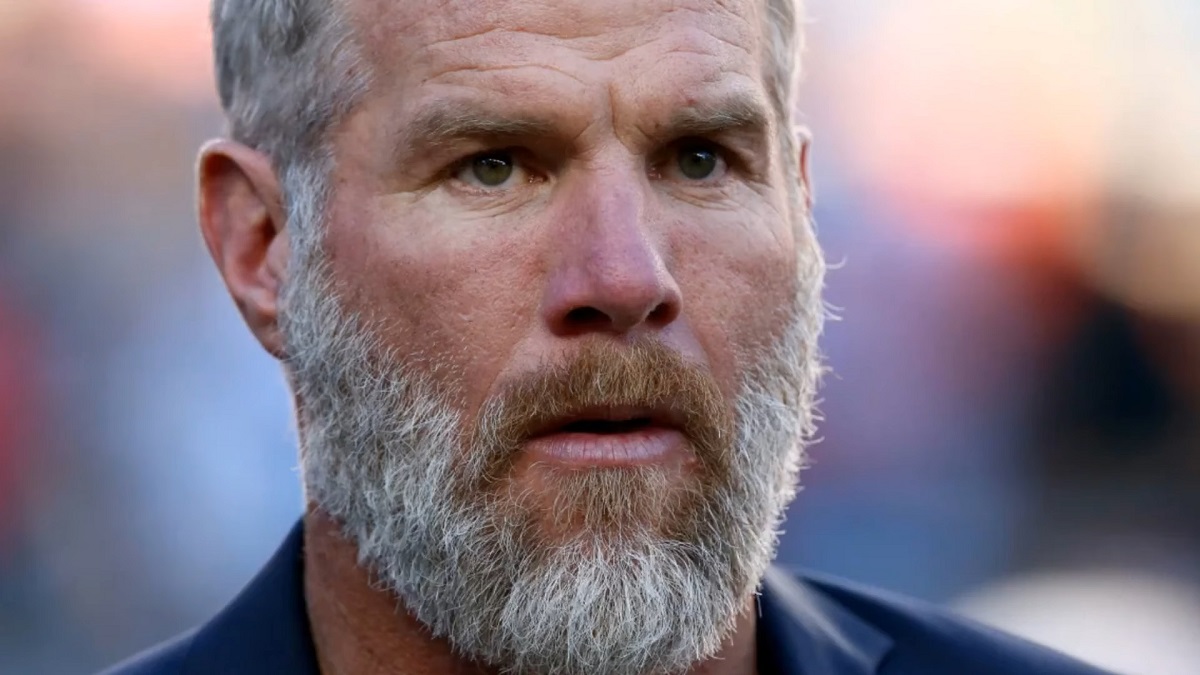
Brett
Favre,
athlete
who
suffered
long-term
effects
from
concussions|YouTube
Screenshot/Doctor
Mike
Hansen
Real-life
stories
hit
harder
than
lectures.
Footballer
Ian
Alexander,
once
a
Bristol
Rovers
player,
now
faces
CTE.
He
struggles
with
memory,
anxiety,
panic
attacks,
and
complications
such
as
trouble
swallowing.
Career
glory
in
sports
turned
into
a
lifelong
battle
for
normalcy.
Another
legendary
example
is
NFL
Hall
of
Famer
Brett
Favre,
who
believes
he
suffered
countless
concussions
over
two
decades.
He
even
attributes
a
recent
Parkinson’s
diagnosis
partly
to
those
repeated
head
hits.
During
his
prime,
he
claims
there
was
minimal
awareness
of
how
damaging
those
blows
could
be.
The
pattern
is
evident:
well-known
athletes
discover
years
later
that
their
glory
days
came
with
a
toll
on
their
most
vital
organ.
Skeptics
might
label
them
as
cautionary
tales,
but
ignoring
a
cautionary
tale
doesn’t
make
you
brave—it
makes
you
reckless.
Key
Obstacles
in
Diagnosis
It’s
tough
to
figure
out
a
brain
injury
on
the
spot.
Coaches,
trainers,
and
even
medical
staff
can
miss
signs
when
symptoms
stay
hidden.
Try
telling
a
stubborn
athlete
to
sit
out
a
match
because
of
a
slightly
fuzzy
head.
Many
shrug
it
off
and
declare
themselves
“fine.”
The
human
body,
however,
often
has
a
different
opinion.
Delayed
Onset
of
Symptoms
Headaches
or
dizziness
might
appear
days
later,
making
it
harder
to
connect
them
with
the
initial
collision.
The
delayed
reaction
can
lead
to
false
confidence
in
playing
again
too
soon.
Underreporting
is
common
because
athletes
think,
“It
didn’t
hurt
right
away,
so
I’m
good.”
It’s
as
logical
as
deciding
a
bruised
knee
is
completely
fine
just
because
you
can
still
stand
on
it.
Subtle
damage
doesn’t
always
scream
for
attention
immediately.
Inadequate
Management
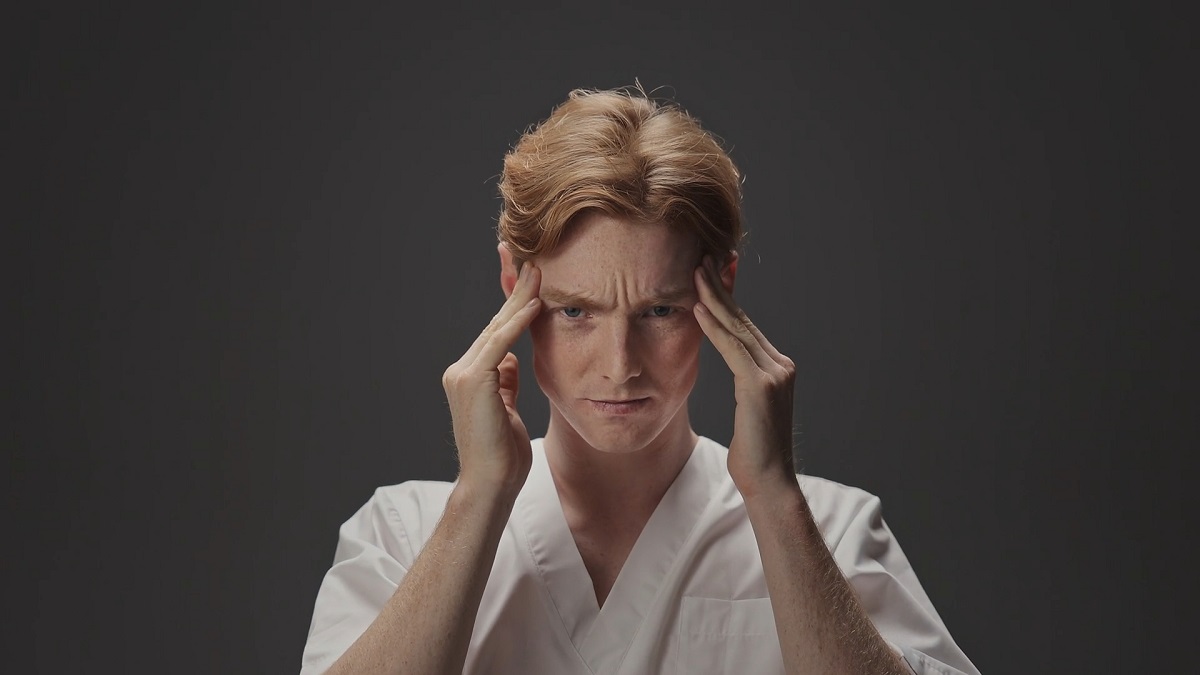
Rushing
recovery
can
worsen
brain
injuries|Image
source:
Artlist.io
A
rushed
approach
to
recovery
can
do
more
harm
than
the
initial
impact.
Skipping
recommended
rest,
ignoring
medical
evaluations,
or
jumping
back
into
high-contact
drills
makes
the
brain
vulnerable.
Post-concussion
syndrome
may
set
in,
featuring
prolonged
confusion,
debilitating
migraines,
and
emotional
instability.
Meanwhile,
anxiety
or
depression
can
escalate,
fed
by
an
athlete’s
frustration
at
losing
precious
training
time
or
missing
crucial
matches.
Pile
on
repeated
injuries
without
full
healing,
and
odds
of
severe
brain
damage
climb.
Ensuring
proper
concussion
management
is
essential;
if
not,
a
Fredericksburg
brain
injury
attorney
can
help
address
the
aftermath.
Measures
That
May
Help
Leagues
and
organizations
have
woken
up
to
the
severity
of
head
injuries.
One
might
argue
they
had
to,
given
the
lawsuits,
media
scrutiny,
and
sobering
research
findings.
Improvements
in
gear,
protocols,
and
training
routines
look
promising,
but
real
progress
requires
consistent
follow-through.
Equipment
Innovations
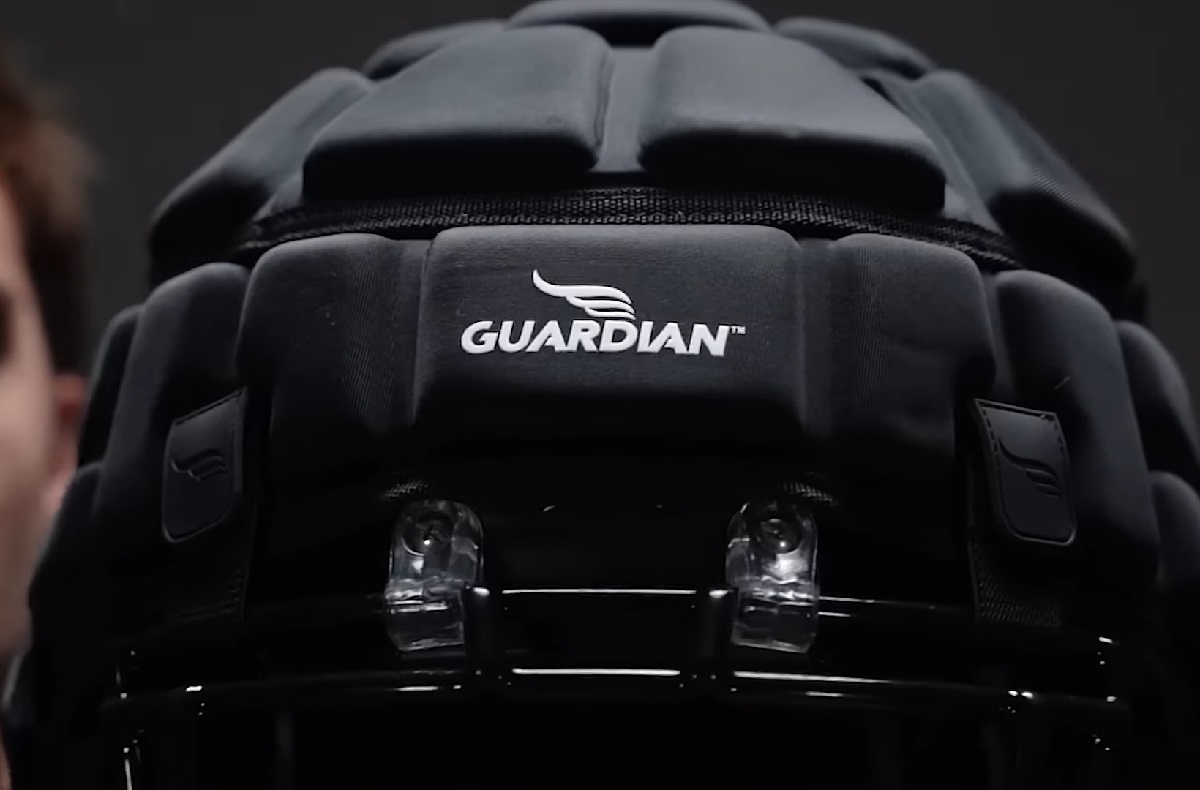
Guardian
Caps
helmet,
advanced
gear
is
helping
to
minimize
head
injuries,
like
concussion|YouTube
Screenshot/Guardian
Football
The
NFL’s
introduction
of
Guardian
Caps
in
practice
sessions
serves
as
a
solid
example.
These
padded
shells
fit
over
existing
helmets
to
decrease
collision
forces
by
an
estimated
10
to
20%.
Not
exactly
a
magical
force
field,
but
an
improvement
nonetheless.
Many
sports
scientists
and
medical
professionals
see
equipment
advances
as
a
significant
step
forward.
Extra
cushioning
reduces
the
likelihood
of
direct
and
forceful
impact,
potentially
leading
to
fewer
concussions
or
milder
versions
of
them.
Better
helmets
aren’t
limited
to
American
football
either.
Sports
like
ice
hockey
and
rugby
are
investigating
new
materials
and
designs
to
enhance
protection.
Realistically,
no
helmet
can
fully
eliminate
the
risk
of
a
concussion,
but
modern
gear
can
mitigate
the
brutal
direct
force
that
shakes
the
brain.
Changes
in
Training
Fitness
regimens
might
emphasize
technique
adjustments
to
minimize
high-impact
clashes.
Some
teams,
such
as
the
Collingwood
Football
Club,
lowered
contact
drills
during
pre-season
in
an
effort
to
reduce
the
chance
of
head
collisions.
That
might
seem
too
cautious
to
traditionalists.
But
let’s
face
it:
training
for
professional
sports
is
tough
enough
without
turning
practice
sessions
into
a
battlefield
of
repeated
hits.
Medical
experts
sometimes
recommend
more
neuromuscular
drills.
Stability
exercises,
neck-strengthening
routines,
and
agility-based
workouts
can
provide
an
extra
line
of
defense.
A
stronger
neck
can
stabilize
the
head
better,
potentially
reducing
the
whiplash
effect
that
contributes
to
concussions.
Another
measure
involves
mandatory
break
periods
for
athletes
suspected
of
having
a
head
injury.
Concussion
protocols
ensure
players
are
evaluated
thoroughly
before
returning
to
contact.
Coaches,
trainers,
and
team
physicians
need
to
be
on
the
same
page.
That
might
clash
with
the
old-school
approach
of
simply
asking
a
player
if
they’re
“good
to
go”
and
trusting
a
hasty
answer.
Good
luck
relying
on
an
athlete’s
self-assessment
if
they
are
desperate
not
to
lose
a
roster
spot.
Summary
Concussions
in
sports
are
far
from
trivial.
A
few
knocks
on
the
head
might
not
sound
like
a
big
deal,
but
the
ramifications
can
be
life-altering.
Athletes,
coaches,
and
league
officials
have
an
obligation
to
prioritize
brain
safety.
Short-lived
applause
from
playing
through
pain
is
not
worth
a
long-term
decline
in
memory,
stability,
and
overall
quality
of
life.
A
real
hero
is
someone
who
respects
health
first,
then
steps
onto
the
field
prepared
and
protected.
Sports
can
remain
thrilling
and
dynamic,
but
the
future
demands
smarter
decisions
about
head
injuries.
Let’s
preserve
that
excitement
without
risking
what’s
inside
our
skulls.